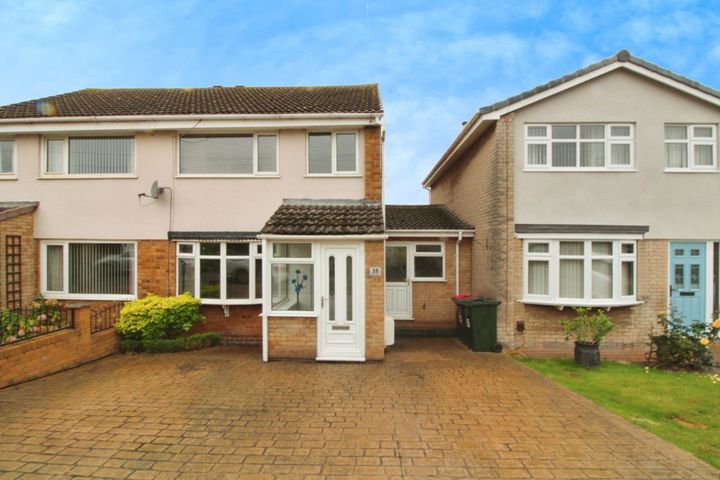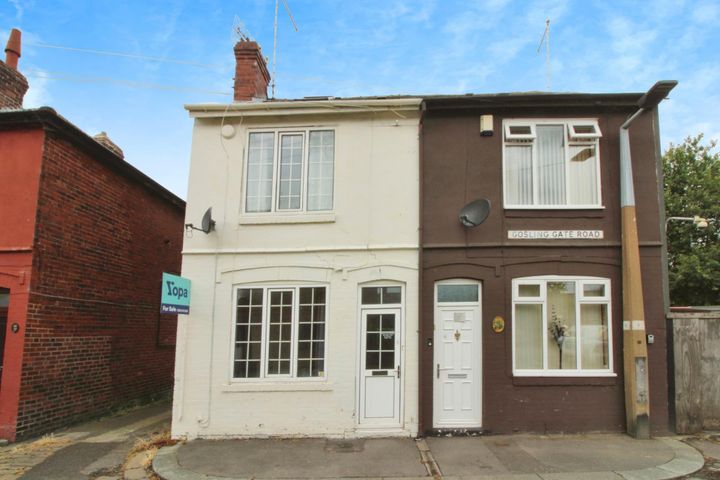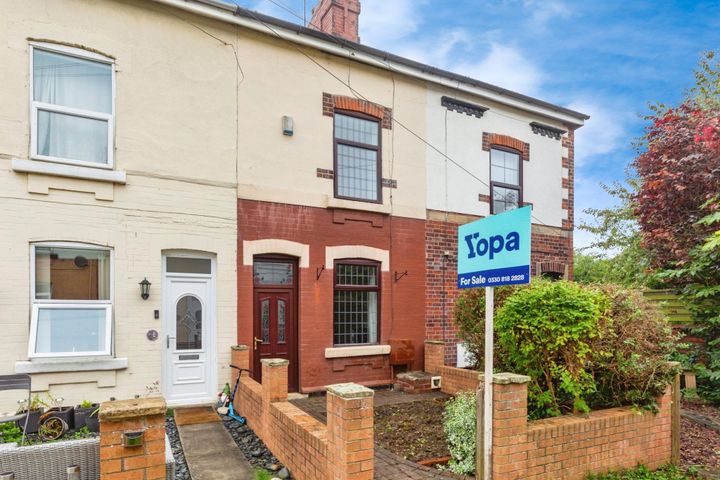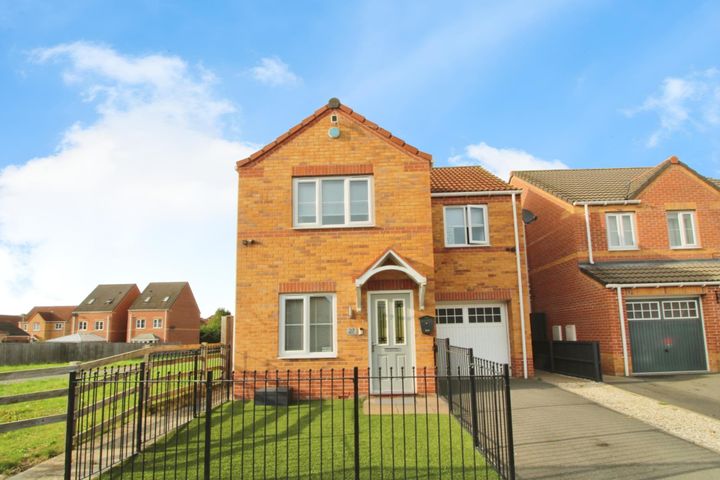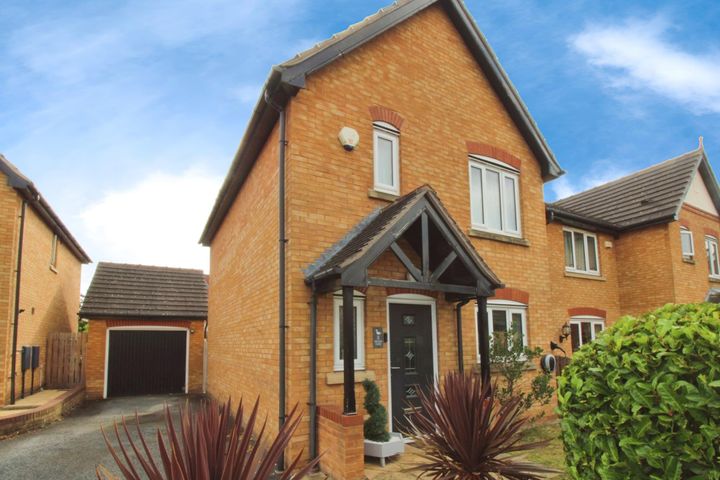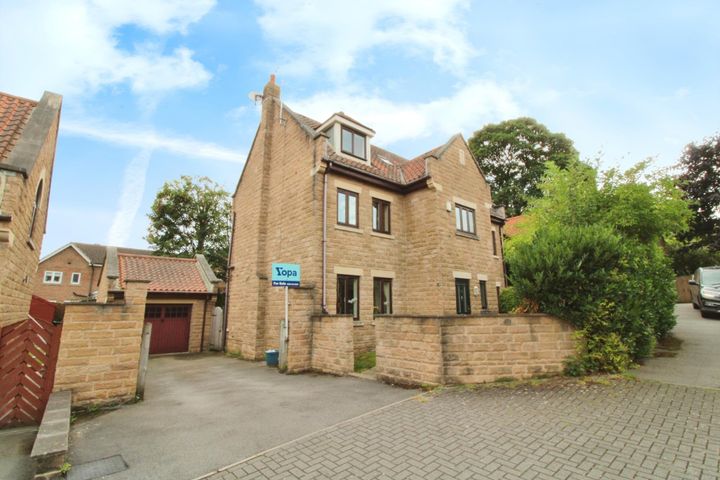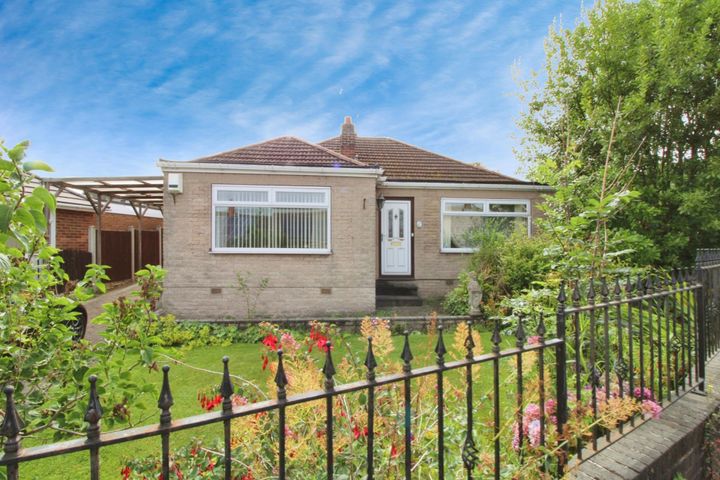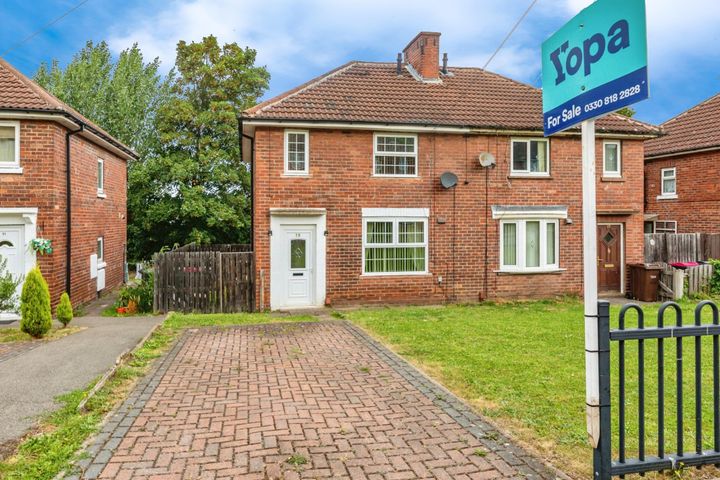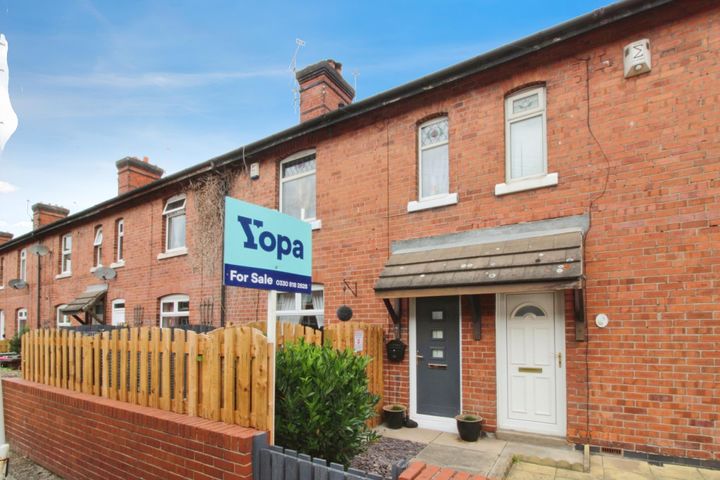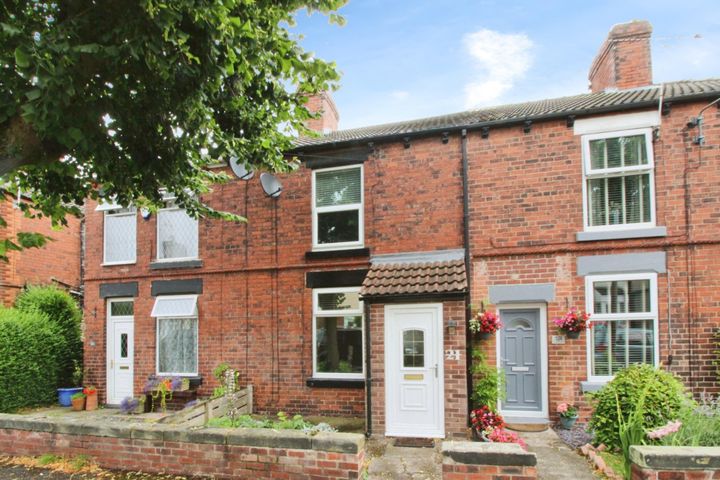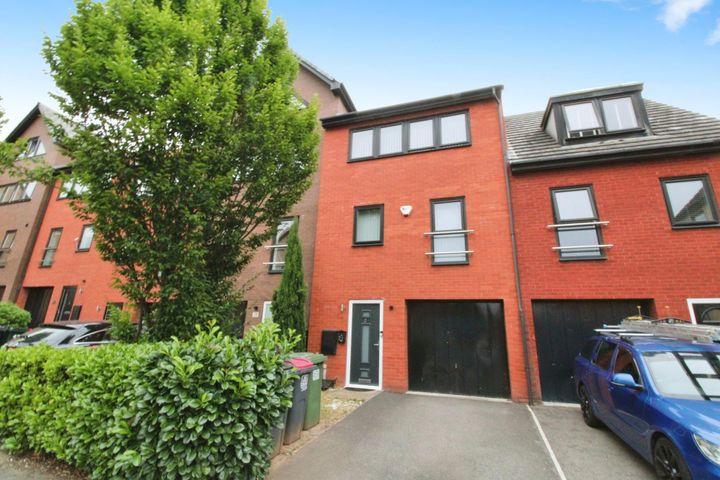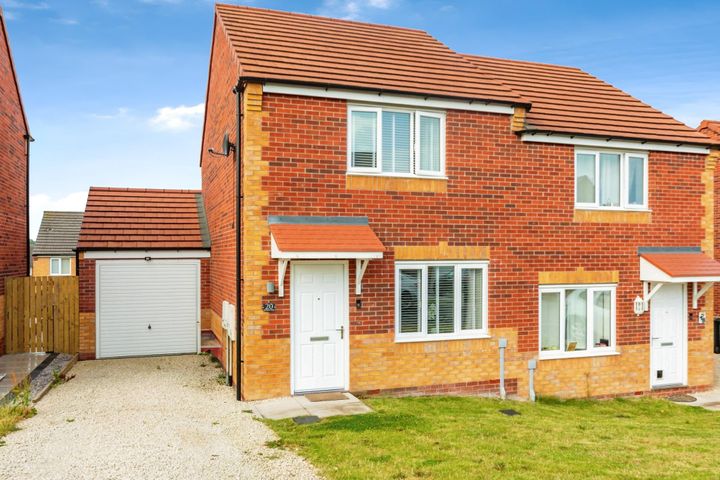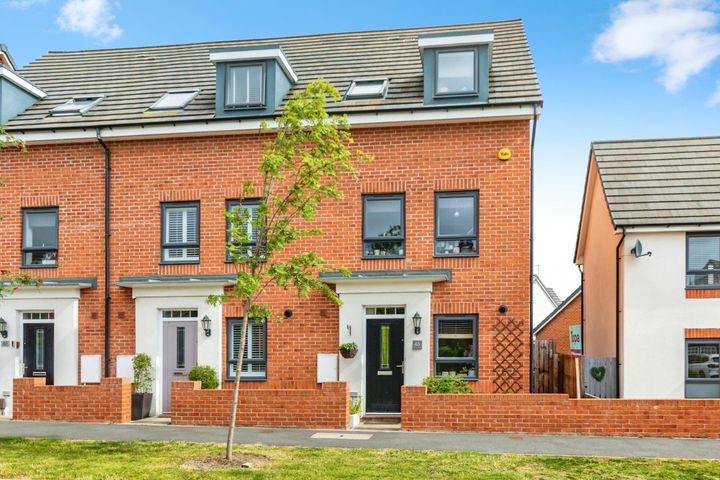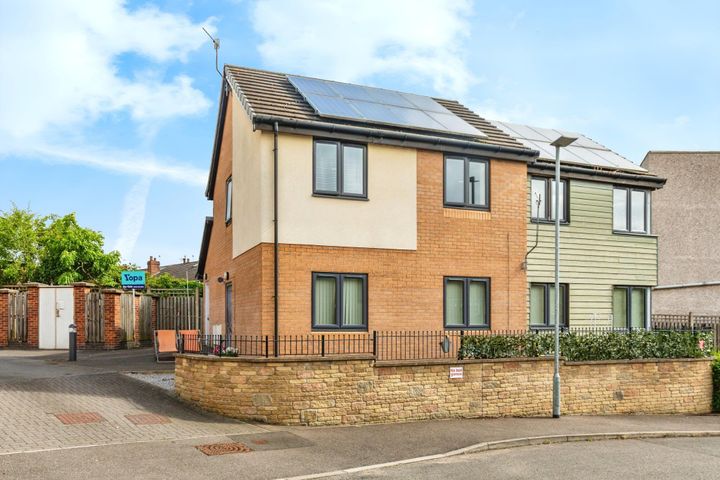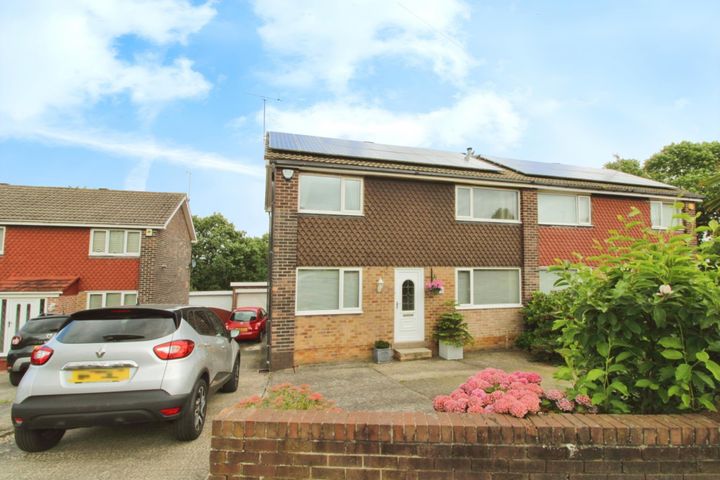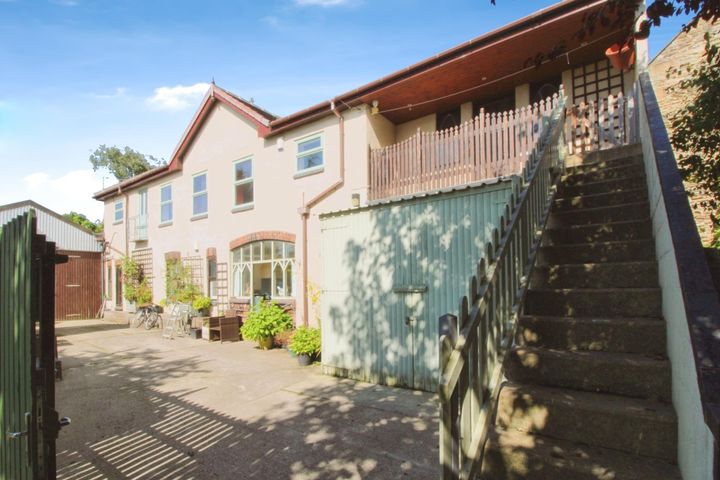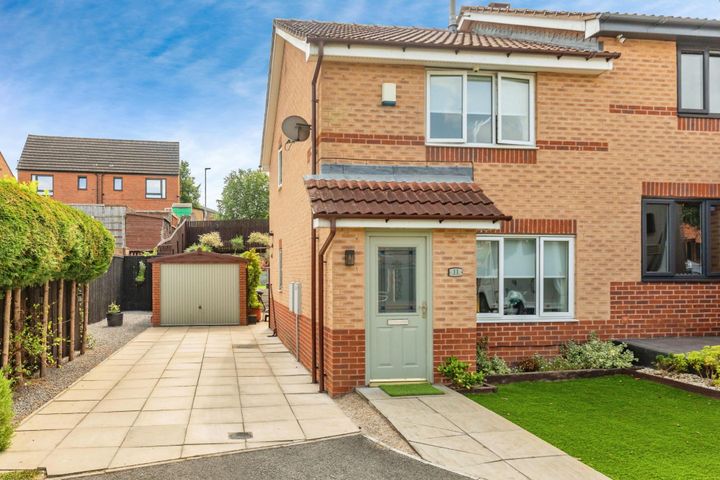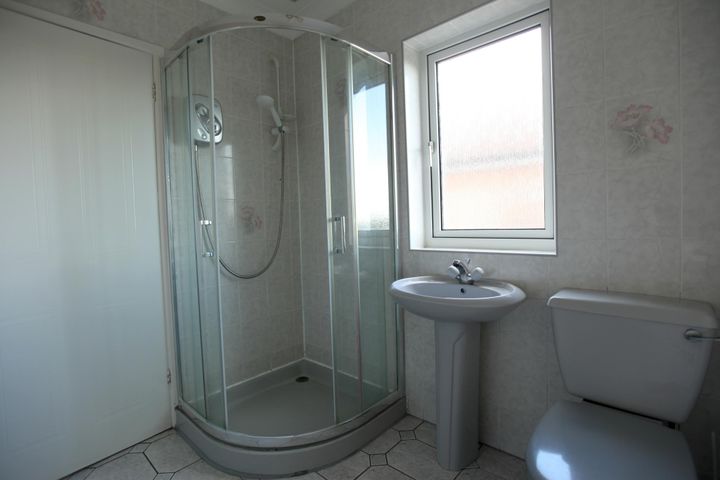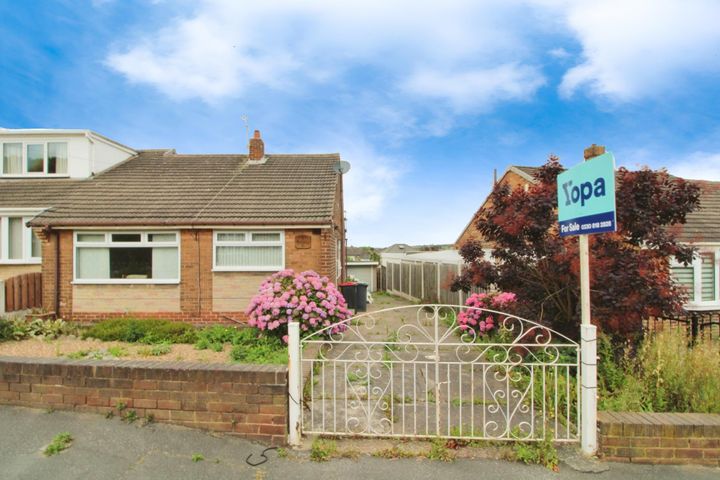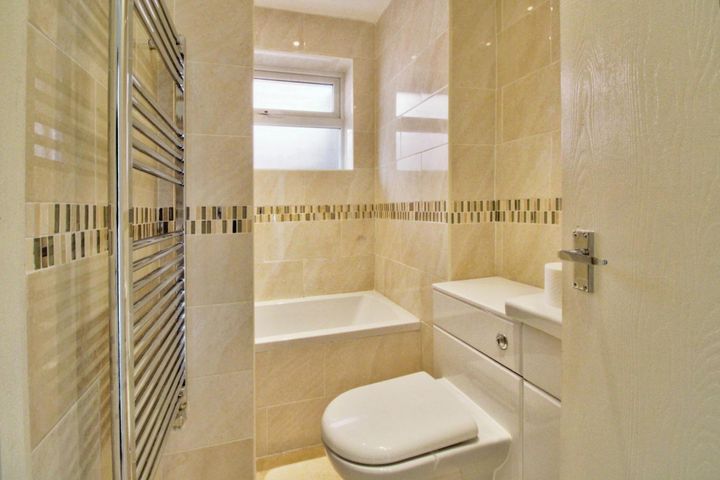Real estate prices in Rotherham are influenced by a combination of local economic conditions, infrastructure development, and community amenities. For instance, proximity to key transport links, such as the M1 motorway and local train stations, can significantly raise property values due to ease of commuting. Areas experiencing regeneration efforts, such as the redevelopment of the town center, have seen increased demand, leading to price hikes. Additionally, the presence of schools, healthcare facilities, and parks can make neighborhoods more desirable; for example, properties near well-rated schools like Clifton Academy often command higher prices. Economic factors, such as employment rates and average income levels in South Yorkshire, also play a crucial role in determining how much buyers are willing to pay. Finally, external factors like national housing market trends and interest rates can impact local real estate prices as well.
Rotherham
Location
Price Range
Any price
Price Range
Minimum
No min
Maximum
No max
Property type
Show all
Property type
Show all
House
Apartment
Building
Other
Bedrooms
Any beds
Bedrooms
Minimum
No min
Maximum
No max
Surface Range
Any surface
Surface Range
Minimum
No min
Maximum
No max
Sale type
For sale
Sale type
Show all
To rent
For sale
Location
Apartments and houses for sale in Rotherham
51 results
Recent
Rotherham insights
| Aspect | Summary |
|---|---|
| Population | 265,000 |
| Average Property Price | £155,000 |
| Rental Yield | 6.5% |
| Average Rent | £800 |
| Occupancy Rate | 95% |
| Capital Growth Rate | 3.2% |
| Property Tax | 1.2% of property value annually |
| Transaction Costs | Approx. 4-6% of property price |
| Expected ROI | 7.5% |
| Economic Growth Impact | Positive, with ongoing local developments |
Rotherham FAQ
What factors influence real estate prices in Rotherham?
How have real estate prices in Rotherham changed over the last few years?
Real estate prices in Rotherham have seen notable fluctuations over the past few years, reflecting broader trends in the UK housing market. Following a period of relative stagnation, there has been a marked increase in property prices, particularly since the onset of the COVID-19 pandemic. For instance, the average house price in Rotherham rose from about £139,000 in 2019 to approximately £177,000 by mid-2023, according to data from the UK House Price Index. This surge can be attributed to a combination of factors, including low mortgage rates, an increased demand for larger homes as remote work became commonplace, and a shift in buyer interest from metropolitan areas to more affordable suburban and semi-rural locations. Specific neighborhoods like Wickersley and Eastwood have seen even steeper increases, with some properties experiencing price hikes of over 20% during this period. Meanwhile, Rotherham’s ongoing regeneration projects have also contributed to bolstering interest from investors and first-time buyers alike.
What is the average price of a home in Rotherham?
The average price of a home in Rotherham as of late 2023 is approximately £170,000, though this can vary significantly depending on the area and type of property. For instance, homes in more desirable neighborhoods like Wickersley or Bramley may fetch higher prices, often exceeding £220,000 for semi-detached or detached properties. In contrast, more affordable options can be found in areas such as Eastwood or Maltby, where prices can drop to around £120,000 for smaller terraced houses. The local housing market has seen fluctuations, with a slight increase in prices compared to the previous year, reflecting broader trends in the UK housing market. Factors influencing these prices include proximity to amenities, schools, and transport links, which can greatly affect the desirability of certain areas within Rotherham.
Are property prices in Rotherham higher in certain neighborhoods?
Property prices in Rotherham vary significantly between neighborhoods, reflecting factors such as local amenities, schools, and transport links. For instance, areas like Wickersley and Bramley tend to have higher price tags, with Wickersley being particularly sought after due to its reputable schools and close-knit community vibe. In contrast, neighborhoods like Eastwood and Masborough generally feature lower property prices, often attributed to their proximity to industrial sites and fewer local amenities. Furthermore, the ongoing developments in the town center and improved transport connections can contribute to fluctuating prices in specific areas. Overall, these variations highlight how location plays a pivotal role in the real estate market within Rotherham.
What types of properties tend to be more expensive in Rotherham?
In Rotherham, properties that tend to be more expensive are often those located in desirable areas such as Wentworth, which is known for its spacious homes and proximity to the historic Wentworth Woodhouse. Houses in this region often feature larger gardens, period architecture, and higher-end finishes, making them appealing to families and professionals. Similarly, properties in areas like Whiston and Wickersley command higher prices due to their excellent local schools and community amenities. Detached and semi-detached homes in these suburbs typically range from £250,000 to over £500,000, depending on size and condition. Additionally, the presence of modern developments, such as those found in the more affluent neighborhoods of Rawmarsh and Brinsworth, can also drive up prices. In contrast, areas with more affordable housing options, such as parts of Eastwood and Masbrough, generally have lower property values due to factors like higher density and less desirable local amenities.
How does the economy influence real estate prices in Rotherham?
The economy plays a significant role in influencing real estate prices in Rotherham, primarily through factors like employment rates, local economic growth, and interest rates. When the economy is thriving, with increased job opportunities in sectors such as manufacturing and services, demand for housing typically rises as more people are able to afford homeownership. For instance, Rotherham's proximity to the Sheffield city region has made it an attractive location for those seeking affordable housing while working in urban centers, thereby pushing property prices upwards. Conversely, during economic downturns or periods of rising unemployment, demand may decrease, leading to stagnant or declining property values. Additionally, fluctuations in interest rates can affect mortgage affordability; lower rates often stimulate purchasing activity, driving up prices, while higher rates can lead to a cooling of the market. Recent developments in infrastructure, like the improvement of transport links to nearby cities, have also bolstered real estate values by enhancing accessibility and attractiveness of the area for potential buyers.
What should I consider when evaluating a property's price in Rotherham?
When evaluating a property's price in Rotherham, consider several key factors. Start with the location; properties near amenities such as schools, parks, and public transport tend to command higher prices. For example, homes in areas like Swallownest or Wickersley, which have good schools and local shops, may be priced significantly higher than those in more rural parts of the borough. Next, examine the condition of the property, including any necessary repairs or renovations, as these can greatly affect valuation; a three-bedroom terraced house in need of modernisation will generally be priced lower than a move-in ready equivalent. Additionally, market trends in Rotherham are essential; if there has been a recent influx of buyers or new developments, this could push prices up in certain areas. Lastly, consider comparable sales in the vicinity, as recent sales data can provide insight into how a specific property aligns with current market values.


